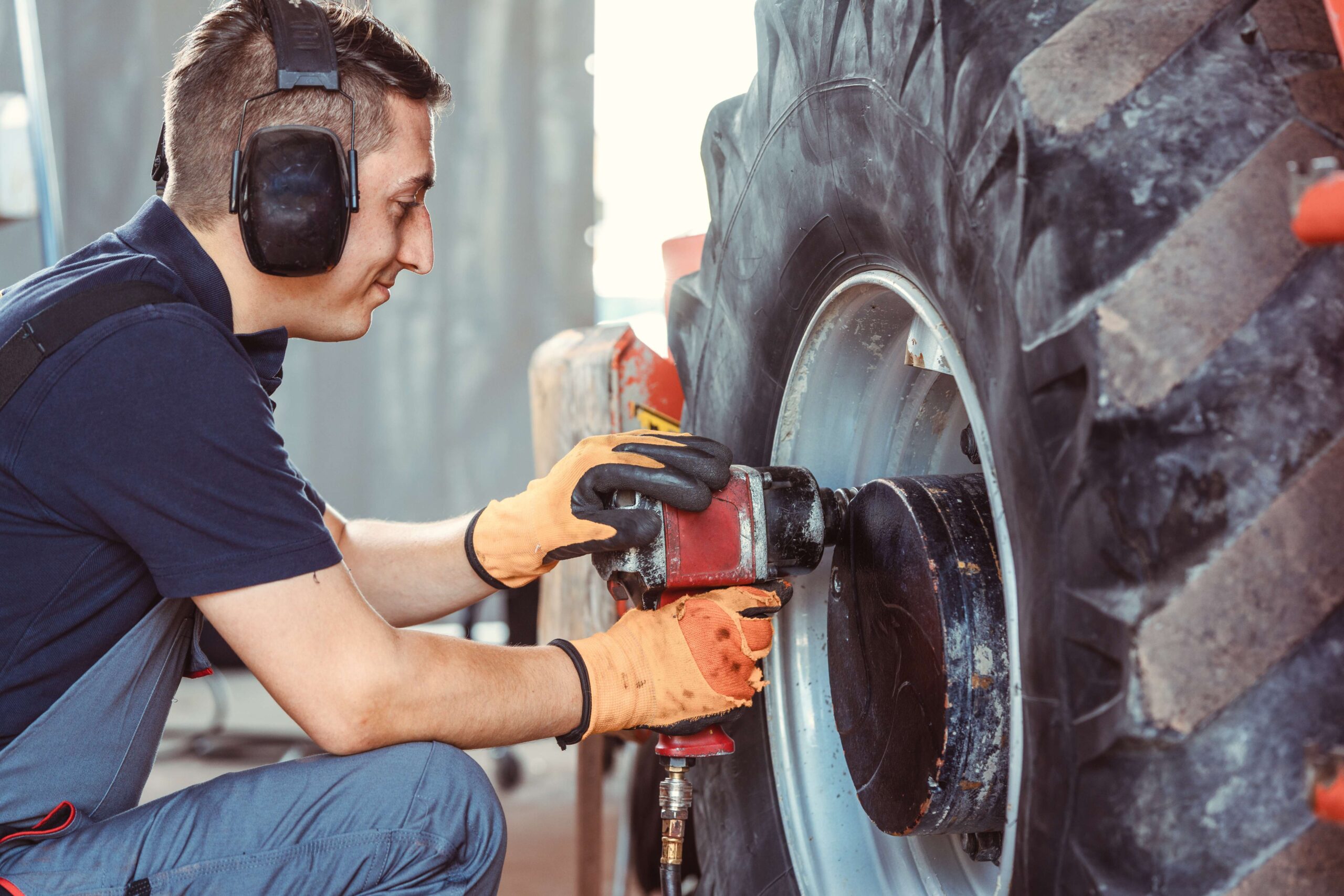If you work in agriculture, you know that equipment is the backbone of your operation. Whether it’s a tractor, combine, planter, or sprayer, keeping your machines running smoothly can make or break a season. But equipment doesn’t last forever, and the question every producer faces is: when is it time to repair, and when should you just replace the machine?
I’ve spent years working closely with farmers and producers across Nebraska and beyond, helping them make these decisions every day. It’s not always a simple call. There’s a lot to consider, and the right choice can save you time, money, and headaches down the road.
Here’s a straightforward guide from my experience on how to decide when to repair and when to replace your agricultural equipment.
Understand the True Cost of Repairs
The first thing I always tell producers is to look beyond just the immediate cost of a repair. Yes, a new part or a mechanic’s bill is easy to see on paper. But there’s more to the story.
Ask yourself:
- How often is this piece of equipment breaking down?
- How long will this repair actually extend the machine’s useful life?
- What’s the cost of downtime while it’s in the shop?
- Are you patching a small problem or a sign of bigger issues?
Sometimes a $1,000 repair sounds cheaper than a $50,000 replacement, but if you’re fixing the same problem repeatedly or if the machine’s age means more failures are on the horizon, those small repairs can quickly add up—not just in money, but in lost productivity and stress.
Factor in Reliability and Performance
When you’re in the middle of planting or harvest season, reliability isn’t just nice to have—it’s essential. A machine that’s prone to breakdowns can cause delays that ripple through your entire operation.
Think about how critical that piece of equipment is to your workflow. If it’s something you can’t afford to be without, leaning on repairs may not be the best bet unless you’re certain it will be rock-solid afterward.
On the flip side, brand-new or newer machines often bring better performance and more advanced features that can improve efficiency and reduce labor costs. Sometimes upgrading your equipment means you get more done in less time, which might justify the investment.
Consider Maintenance History and Machine Age
A well-maintained machine can last for years longer than one that’s been neglected. If your equipment has a good track record with regular oil changes, inspections, and tune-ups, a repair might be a smart way to squeeze more life out of it.
But if the machine is old, has a patchy maintenance history, or has already had several major repairs, replacement may be the safer bet. Old machines can develop hidden problems that pop up at the worst possible time.
Think of it like a car: a vehicle with consistent maintenance is more likely to keep running well than one that’s been left in the garage for years.
Evaluate Financial Options and Incentives
Money matters. When deciding between repair and replacement, it’s important to look at your finances realistically and strategically.
Sometimes, manufacturers or dealers offer trade-in deals, financing options, or seasonal discounts that make replacement more affordable than you might think. And don’t forget to factor in the potential tax benefits of investing in new equipment—these can sometimes tip the scales.
Also, consider the cost of running older machines—fuel efficiency, repairs, and downtime can add up. Newer equipment is often more fuel-efficient and may require less upkeep, saving you money over time.
Look at Safety and Environmental Factors
Older equipment might not meet the latest safety standards or emissions regulations. Operating unsafe machinery puts you and your crew at risk and can lead to costly fines or liability issues.
Upgrading your equipment often means better safety features, improved ergonomics, and lower emissions. If your machines are outdated in this area, replacement can be the responsible choice for your operation and your workers.
When Repairs Make Sense
There are definitely times when repair is the smart option. For example:
- The issue is minor and unlikely to cause more problems.
- The machine is relatively new and in otherwise good condition.
- You’re close to the end of the season and just need to keep things running a bit longer.
- Repair costs are significantly less than replacement, and the downtime is manageable.
In these cases, repairing can be a cost-effective way to stay productive and avoid large upfront expenses.
When to Replace
Replacement usually makes sense if:
- The machine is old and has a history of breakdowns.
- Repair costs are more than half the value of the machine.
- The equipment can’t handle your current production needs efficiently.
- You need the latest technology to improve your operation.
- Safety or regulatory issues make continued use risky.
Replacing equipment is a big decision, but sometimes it’s the best way to protect your investment, your operation’s productivity, and your peace of mind.
Make Informed Decisions
Every farm and operation is different, and there’s no one-size-fits-all answer. The key is to weigh all the factors carefully—cost, reliability, maintenance, safety, and how the equipment fits your needs.
My role as an equipment salesperson is to help producers look at these details honestly and make choices that support their long-term success—not just quick fixes.
If you’re ever unsure, don’t hesitate to reach out to your dealer or a trusted technician. Getting a professional assessment can save you money and headaches down the line.
At the end of the day, whether you repair or replace, keeping your equipment in top shape is about making sure your operation runs smoothly through planting, growing, and harvesting.
